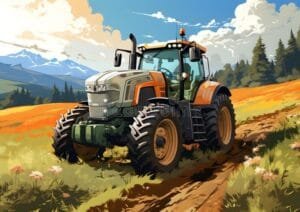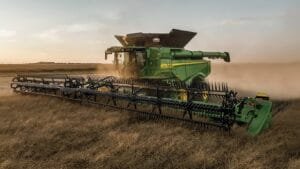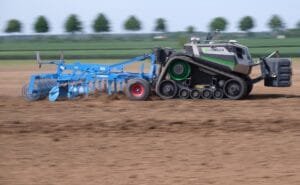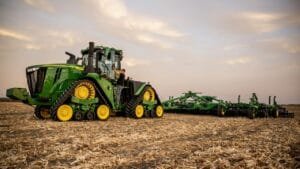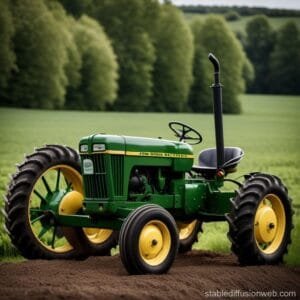California’s agricultural landscape stands at a technological crossroads as state regulators begin examining policies surrounding autonomous farm tractors. The review comes amid growing adoption of self-driving machinery in the nation’s largest agricultural state, where farmers increasingly turn to automation to address labor shortages and boost efficiency. This regulatory assessment aims to establish safety standards and operational guidelines for autonomous tractors while balancing innovation with practical concerns in the field. The California Department of Agriculture has launched a comprehensive review of regulations governing autonomous tractors and farming equipment, marking a critically important shift in agricultural technology oversight. The state’s agricultural board is examining existing frameworks while developing new guidelines to address the growing presence of self-driving machinery in farming operations.
Key considerations include safety protocols, operational boundaries, and data privacy measures for farms implementing autonomous technology. The review process encompasses various stakeholders, from small family farms to large agricultural corporations, ensuring diverse perspectives shape the final policy framework.
Agricultural technology manufacturers are actively participating in the regulatory discussions,providing technical specifications and safety features of their autonomous systems. These companies emphasize the importance of flexible regulations that encourage innovation while maintaining strict safety standards. The proposed guidelines will likely require autonomous tractors to maintain certain distance parameters from workers and establish clear protocols for emergency shutdowns.
Environmental impact assessments form a crucial component of the policy review. Regulators are evaluating how autonomous machinery affects soil compaction, fuel efficiency, and precision farming capabilities. Initial data suggests that self-driving tractors can reduce chemical usage through more accurate application methods and minimize environmental impact through optimized route planning.
Labor unions and farmworker advocacy groups have raised concerns about potential job displacement and workplace safety. The policy review includes provisions for worker training programs and transition assistance for employees affected by automation. Additionally, requirements for human supervision and intervention capabilities are being considered to ensure responsible implementation of autonomous systems.
The proposed framework addresses liability issues and insurance requirements specific to autonomous farm equipment. Insurance providers are working with state officials to develop appropriate coverage models that account for the unique risks associated with self-driving agricultural machinery.
Technical standards under review include dialogue protocols between machines, GPS accuracy requirements, and cybersecurity measures to prevent unauthorized access or control of autonomous systems. The policy will likely mandate regular software updates and maintenance checks to ensure optimal performance and safety.Data management guidelines are being developed to protect sensitive farm information while allowing for necessary system optimization and compliance monitoring. This includes protocols for storing and sharing operational data, weather information, and crop management details.
The review process is expected to conclude within six months, followed by a public comment period before final implementation. California’s approach to regulating autonomous farm equipment could serve as a model for other agricultural states considering similar policies.
Manufacturers and farmers are already preparing for the new requirements, with some operations conducting pilot programs to test compliance measures. The resulting framework aims to balance technological advancement with practical farming needs while maintaining California’s position as a leader in agricultural innovation.






